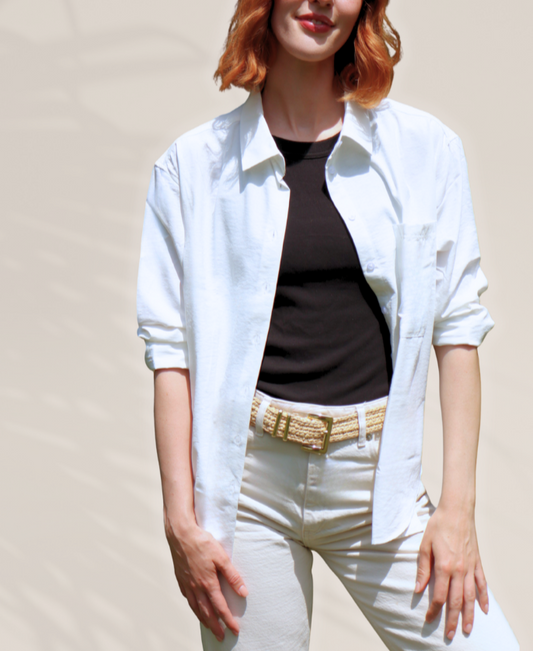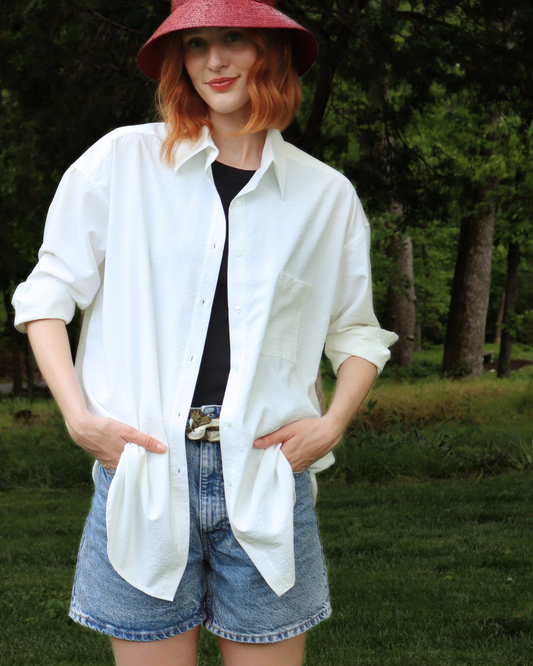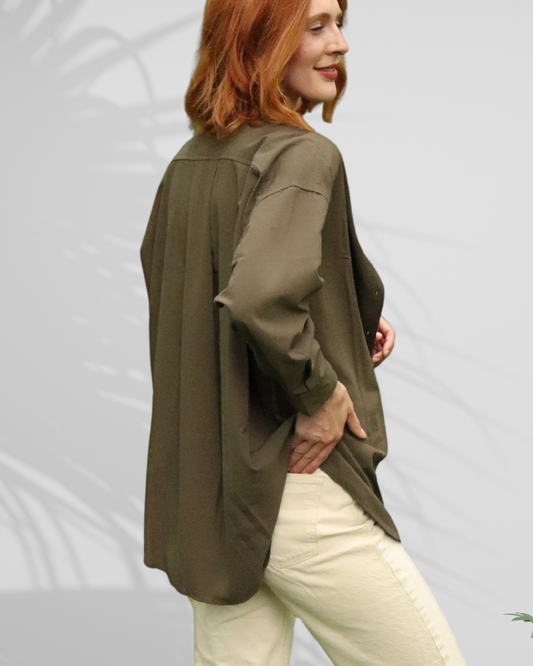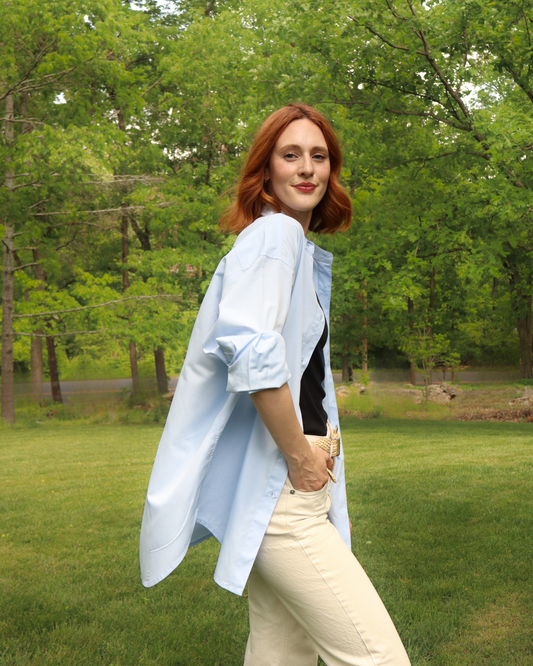As we seek refuge from the scorching sun under the shade of a tree or an umbrella, it's easy to assume that we're safe from the sun's harmful rays. However, the truth is that sun damage can still occur even when we're in the shade. Here's why:
-
UV Reflection: Surfaces like sand, water, concrete, and snow have reflective properties that can amplify UV radiation. When we're in the shade near these reflective surfaces, UV rays can bounce off and reach our skin from multiple angles, increasing our risk of sunburn and long-term skin damage.
-
UV Index Variability With Clouds: The UV index, which measures the intensity of UV radiation, can fluctuate throughout the day and under different environmental conditions. You could feel like you’re in the shade, because it’s cloudy, but still be getting sun damage if the UV index is high.
-
Incomplete Protection: Not all shade provides equal protection from UV radiation. Tree canopies, awnings, and umbrellas can reduce UV exposure, but they may not provide complete coverage, especially during peak sunlight hours when the sun is directly overhead and light spills through the leaves.
-
Unprotected Areas: While seeking shade offers partial protection, certain areas of our bodies may remain exposed to the sun's rays. For example, our hands, ears, face, neck, and feet may protrude beyond the shaded area or receive scattered sunlight, leaving them susceptible to sunburn and premature aging.
Given these factors, it's essential to adopt a comprehensive approach to sun protection, even when in the shade. Here are some tips to minimize sun damage:
-
Wear Sunscreen: Apply broad-spectrum sunscreen with a high SPF to all exposed skin, including areas not covered by shade. Reapply every two hours or after swimming or sweating.
-
Seek Shade Wisely: Choose shaded areas with dense foliage or solid structures that provide better UV protection. Consider using portable shade structures, such as umbrellas or pop-up tents, for added coverage.
-
Wear Protective Clothing: Opt for lightweight, long-sleeved shirts, pants, wide-brimmed hats, and sunglasses with UV protection to shield your skin and eyes from UV radiation.
-
Optional, but important: Stay Hydrated: Drink plenty of water to stay hydrated, especially when spending time outdoors in hot and sunny conditions.
By staying vigilant and taking proactive measures to protect ourselves from UV radiation, even when in the shade, we can minimize the risk of sun damage and enjoy the outdoors safely. Remember, sun safety is a year-round commitment that requires diligence and awareness to preserve our skin's health and vitality.




